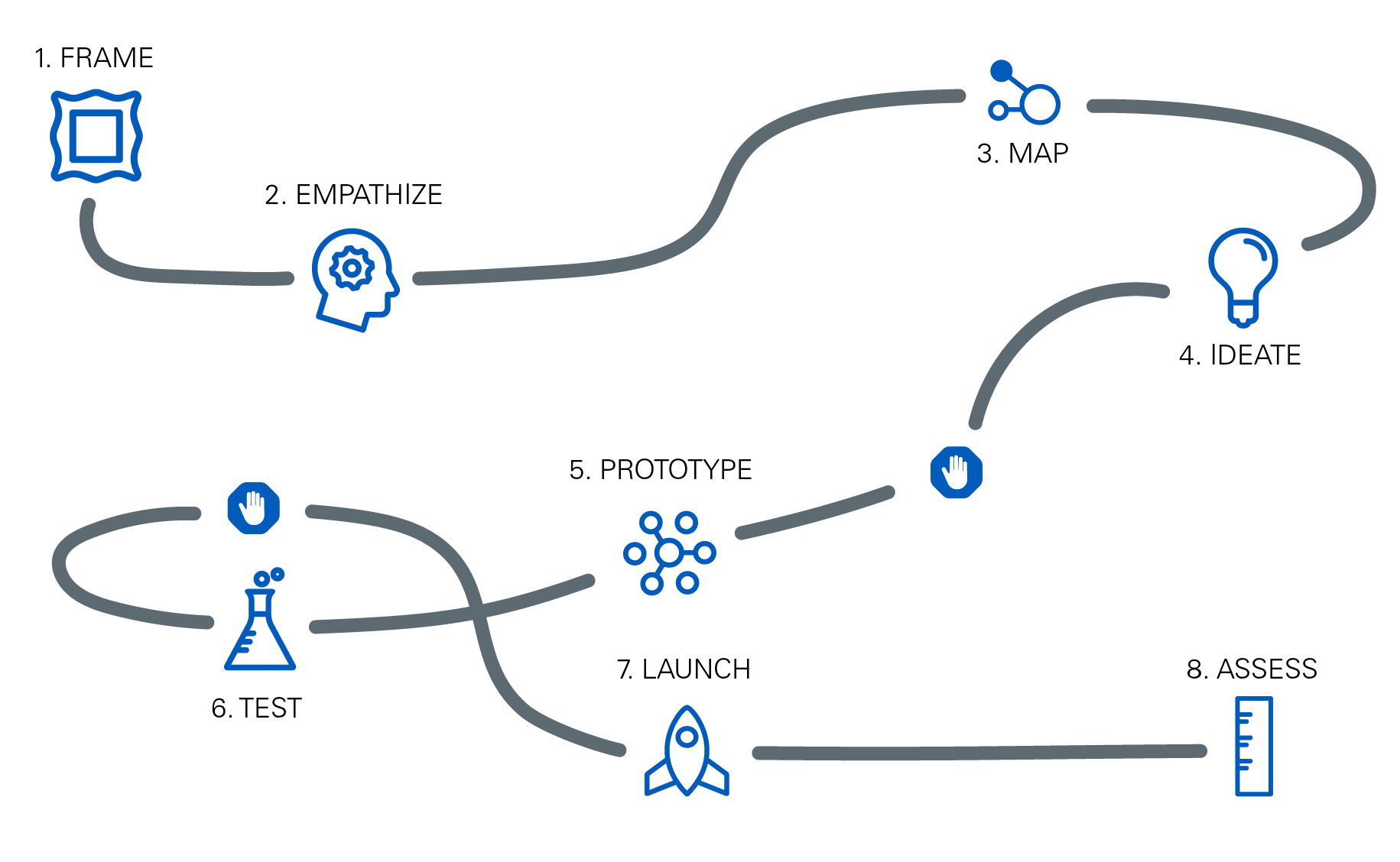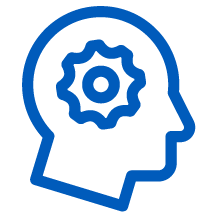Solving our planet’s complex environmental challenges requires individuals to adopt more climate-friendly and sustainable behaviors. We need to understand human behaviors, mindsets, and motives to tackle issues like climate change, coastal overfishing, and biodiversity loss, and then design the right behavior-centered solutions. So how do we do this? The answer is behavior-centered design for the environment.
Behavior-Centered Design (BCD) is an approach that blends behavioral science and design thinking. Environmental changemakers use behavior-centered design as a framework to develop solutions that help communities adopt new behaviors. It’s a journey that empowers individuals to create and lead environmental solutions that benefit people and nature.
The steps below are a simplified version of the journey that environmental practitioners and changemakers can take to inspire environmental change around the world.
The Eight Steps for a Behavior-Centered Design Journey


Step 1: Frame
Frame the context of the problem, the stakeholders involved, their current behaviors, and the new behavior that will lead to desired outcomes.
Think, “What do I want people to do differently?”

Step 2: Empathize
Conduct research to understand the individuals’ experiences, motivations, and barriers to adopting the desired behavior.
Ask, “What is their experience?”

Step 3: Map
Map the connections between behavioral science principles and what you learned from the individuals. Develop a hypothesis for the social mechanisms you think will influence the audience.
Ask, “What insights can I draw from their experiences?”

Step 4: Ideate
Design tactics and solutions likely to help individuals adopt the new behavior change.
Think, “What strategies have the best chance of working?”

Step 5: Prototype
Make a small-scale version of the solution to test the outcome.
Think, “What will this look like in real life?”

Step 6: Test
Test the prototype with a small-scale segment of the target audience. Acquire feedback on the prototype’s effectiveness and adjust as needed. You may do this step more than once.
Ask, “What happens when I try the prototype on a small scale?”

Step 7: Launch
Once the prototype shows success, launch at a larger scale to achieve the desired outcome.
Think, “How can I take this to the scale it needs to be?”

Step 8: Assess
Assess and analyze the impact of your solution on the desired outcome. Decide if behavior change is happening or not.
Ask yourself, “Is the behavior change evident?”
Want to learn more about behavioral science and design for the environment? Take our virtual self-paced course, An Introduction to Behavior-Centered Design.